The mechanical design of parts hasn’t changed much in the last century until the development of additive manufacturing. It now seems reasonable to believe that 3D printing has begun a new era of innovative designs that are more efficient and organically shaped.
Today, end-use parts are being produced with 3D printing technologies that are often lighter and stronger than their counterparts produced with traditional (subtractive) manufacturing processes.
Historically, part optimization with respect to mass was rarely the central theme of a design because the final shape would typically be too complex to manufacture.
But 3D printing has changed all that.

There are a variety of different methods to optimize your designs to be as light and strong as possible without worrying about manufacturability.
Thickness optimization
One method to perform optimization is by changing dimensions such as design thickness. Finite element analysis (FEA) software such as SOLIDWORKS Simulation allows users to change specific dimensions to reduce mass. To ensure design safety, the user can specify constraints on important parameters such as maximum deformation and stress limits.
Topology optimization
Topology optimization will remove material from various regions of the design as long as specified constraints are adhered to. Most software products will let the user specify loads, fixtures, and faces that must be kept. Once setup, the software will remove material from different regions of the design while ensuring that the user-specified limitation of strength, stress, or displacement is not violated. In most cases when using this method, the final design is drastically different than the initial shape.
Optimization with lattice formations
The final method of optimization is by adding lattice formations to a design where the user now has the option to specify a density of a lattice structure on the inside. This way, material density changes from a discrete ‘yes’ or ‘no’ variable to a continuous one of varying mass. Each region can have a varying amount of material, which helps produce new and effective designs. Lattice structure designs have been used specifically in compressive load-bearing applications like a car bumper as it can deform a lot more and absorb more energy.
Future design challenges
The biggest challenge to incorporating these optimization methods is the fact that the part design may not be intuitive or will look radically different. Since traditional manufacturing constraints do not apply, the designer has a lot of freedom to create organic shapes. As Michael Idelchik 1 of GE research said, “You need almost an artistic approach to design, the ability to model and analyze structures, and also the knowledge to pick the right material.”
Because you can create designs with greatly reduced mass using additive manufacturing methods, FEA software and 3D printers become a natural match, enabling you to create designs that may truly be one of a kind.
GoEngineer
www.goengineer.com
Filed Under: Bearings, 3D printing • additive • stereolithography, Flanges • supports • mounts • brackets

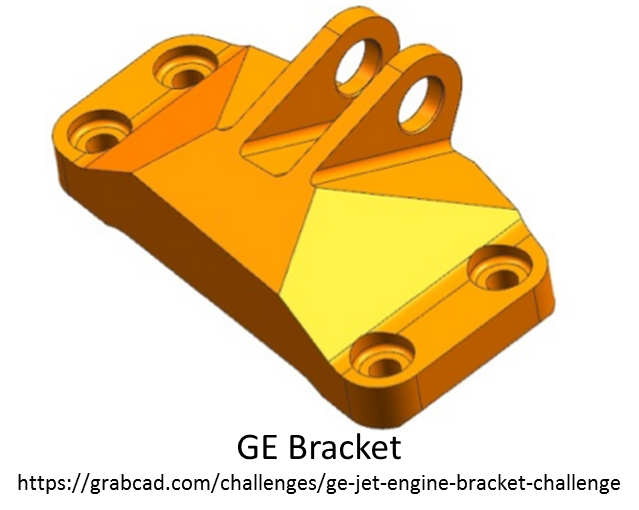
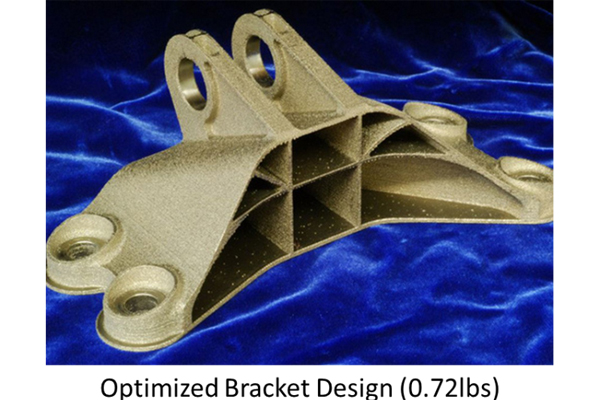
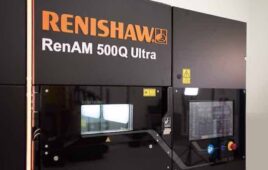
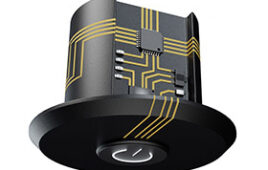
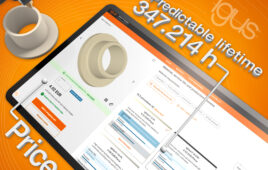

Even 3D Printing removes design constraints of the past, however, it’s not completely “free” to manufacturer. There are still unique manufacturing constraints, mainly including the following categories: structure maximum, minimum size and support structure; manufacturing defects such as surface roughness and connectivity constraints. So designers now face a new problem: how to establish innovative design theory and method for additive manufacturing, and obtain high quality configuration design with maneuverability design.